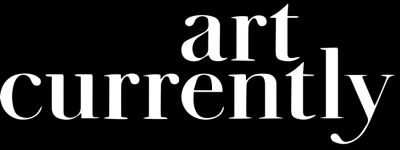5 Questions With Maggi Hambling Debuting in New York

When you think about Hambling and her art, it's no wonder that she approaches their creation with a battle cry. The seething sea paintings, incisive portraits, and War Requiem series demonstrate this. However, the Elizabethan era lines appear to be a suitable warning for an artist who has dealt with the slings and arrows of public outrage and media broadsides on occasion.
Maggi Hambling, a British painter and sculptor, born in Sudbury, Suffolk, in 1945, has had multiple solo museum exhibits since 1980. Her most recent exhibition, named 2020 , took place at London's Marlborough Gallery in 2020, featuring a series of self-portraits made during the pandemic.

oil on canvas
48 — 36 in. / 121.9 — 91.4 cm

oil on canvas
48 — 36 in. / 121.9 — 91.4 cm
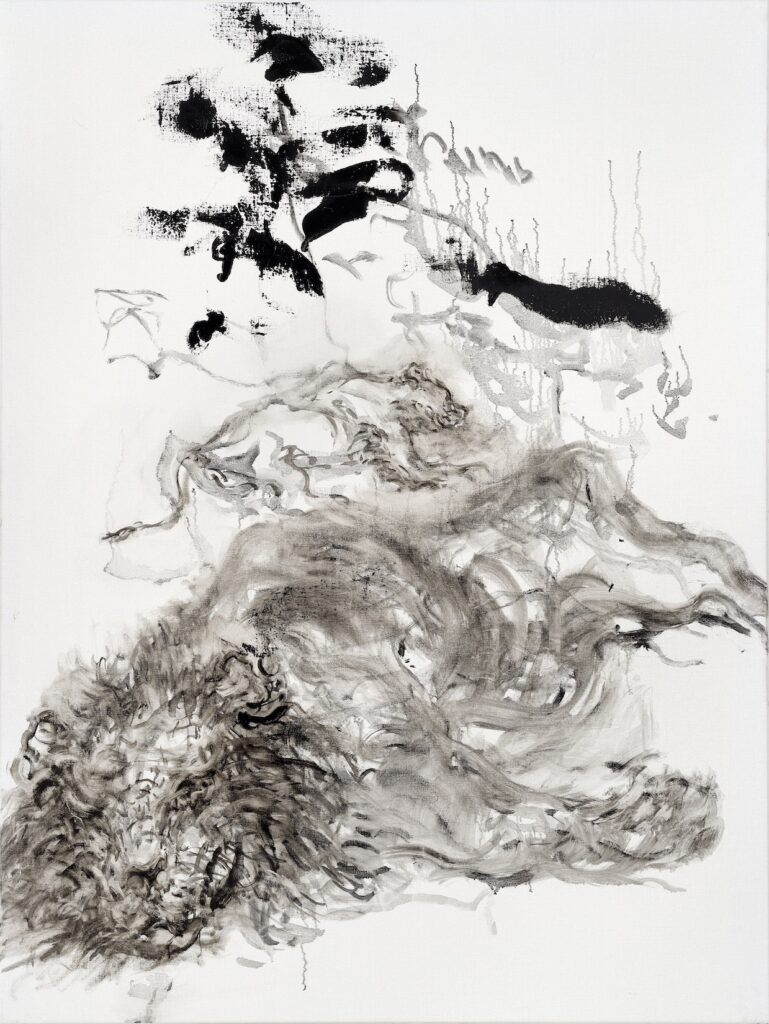
oil on canvas
48 — 36 in. / 121.9 — 91.4 cm

oil on canvas 2019
48 — 36 in. / 121.9 — 91.4 cm
This year, Hambling opens her first, and long-awaited show, titled Real Time, in New York at Marlborough Gallery this March 10th to April 30th. For more than fifty years, Hambling has been a prominent and divisive personality in the United Kingdom and now comes to the US with a major collection of work completed over the last decade.
Hambling joins a long tradition of pioneering exhibits with a well-documented voice of social involvement, such as the gallery's favorites like Philip Guston (1970) and Juan Genovès (1967).
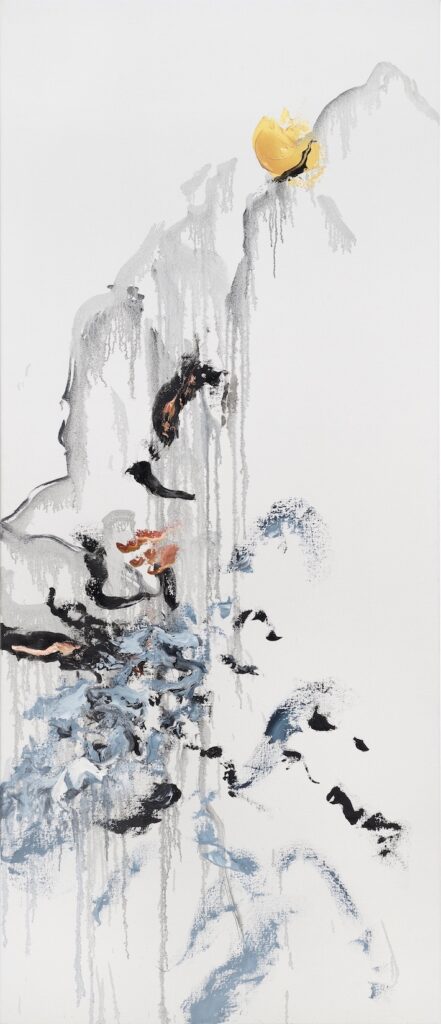
oil on canvas
84 — 36 in. / 213.4 — 91.4 cm

oil on canvas
84 × 36 in. / 213.4 — 91.4 cm
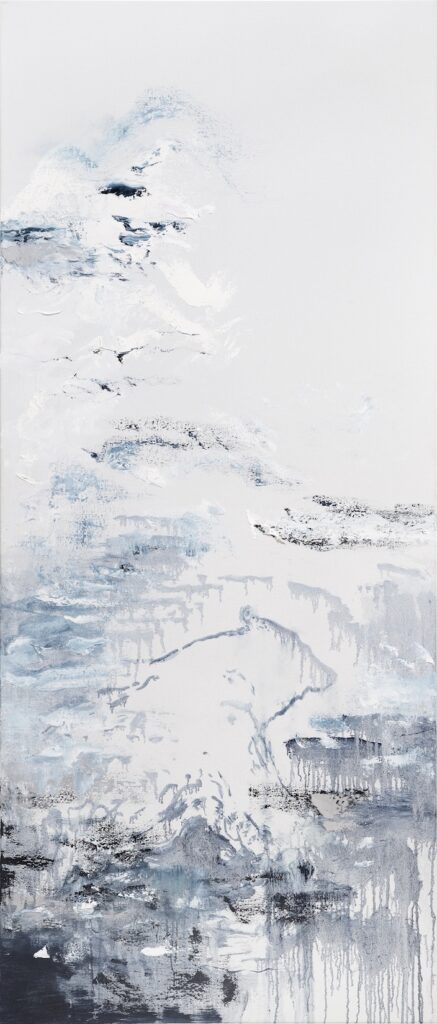
oil on canvas
84 — 36 in. / 213.4 — 91.4 cm
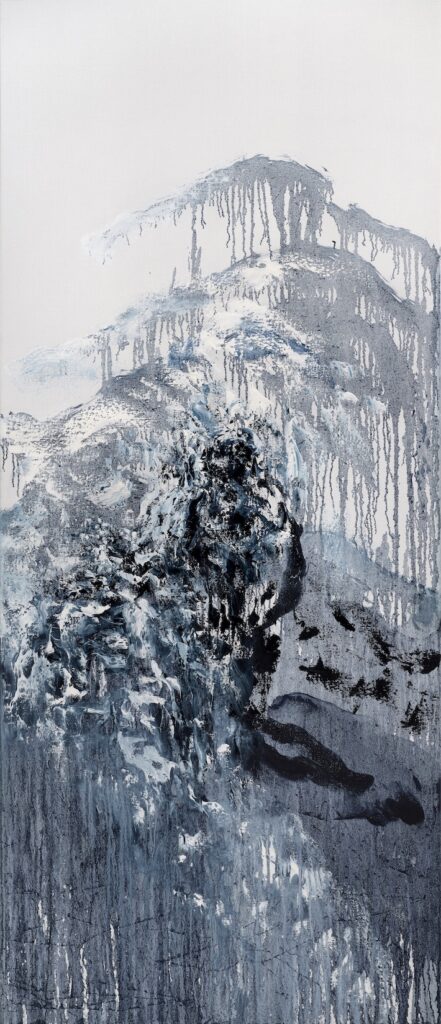
oil on canvas, 2021
84 — 36 in. / 213.4 — 91.4 cm
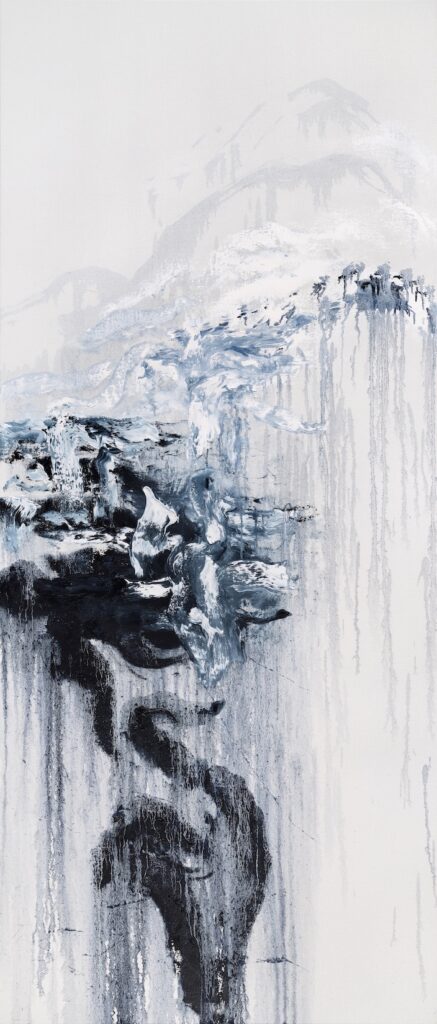
oil on canvas
84 — 36 in. / 213.4 — 91.4 cm
The vacillations between realistic and abstract interpretations are rhetorically performed as figures of speech in Hamblings' latest paintings. All while reflecting on the social and political contexts in which they are created.
A rt Currently asks the trailblazing artist 5 questions on what to expect in the new show
Five Questions for Maggi Hambling
- If you can describe your new work in one word, what would it be? Life and death
- The majority of your work is dominated by blue and gray tones. Is there any connection between it and your main objective? There is no grey paint in the Edge paintings, but as I work, the Indigo inevitably mixes with the white. In the Walls of Water, the illusion of grey may occur as one color transfuses into another. The animal paintings are all done with varying concentrations of black paint. When a painting is really happening, I am unaware of what is going on. As I get older, I try to say more with less.
- What does this art collection say about contemporary social or political issues? We are destroying the planet and its animal population. Covid-19 has shown us that, if we pull together, our global climate emergency can be diminished if not arrested. My work is a plea for this to happen.
- As an oil painter and sculptor, which artists have influenced you the most? Rembrandt, for his compassion. Rothko, whose paintings breathe life and death in the same moment. Cy Twombly, for his combination of certainty and uncertainty. Agnes Martin, for her ambiguity. Duchamp, for the mystery of his Etant donnes. Rodin, for his heroism and vulnerability.
- How have you progressed thus far, and what do you hope to achieve via art in the future? At 5 - 6 am every day, I renew the sense of touch by making a drawing with my left hand (I am right-handed). Then every work must be an experiment, otherwise, mannerism and atrophy set in. My time in the studio is real-time, outside the studio is the rest. Although I live with doubt and doom, the muse does occasionally arrive, and faith is restored. I hope to die with a painting knife in my hand.
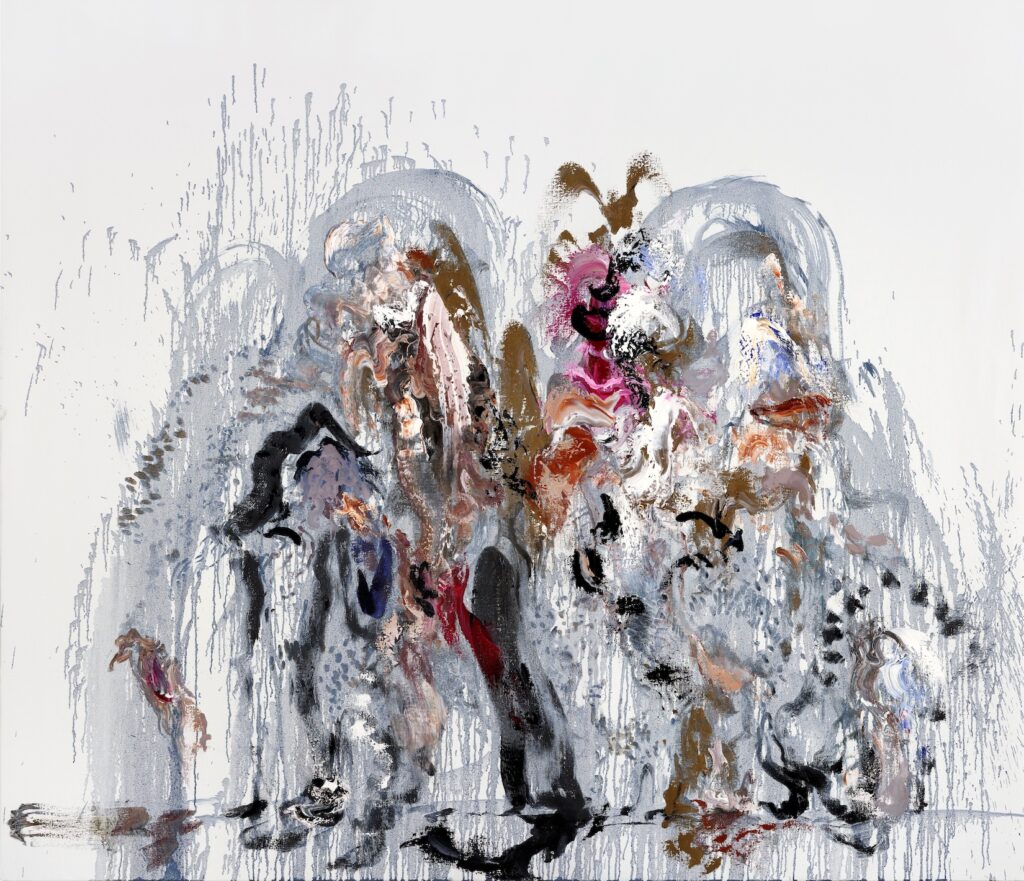
oil on canvas
78 — 89 in. / 198.1 — 226.1 cm
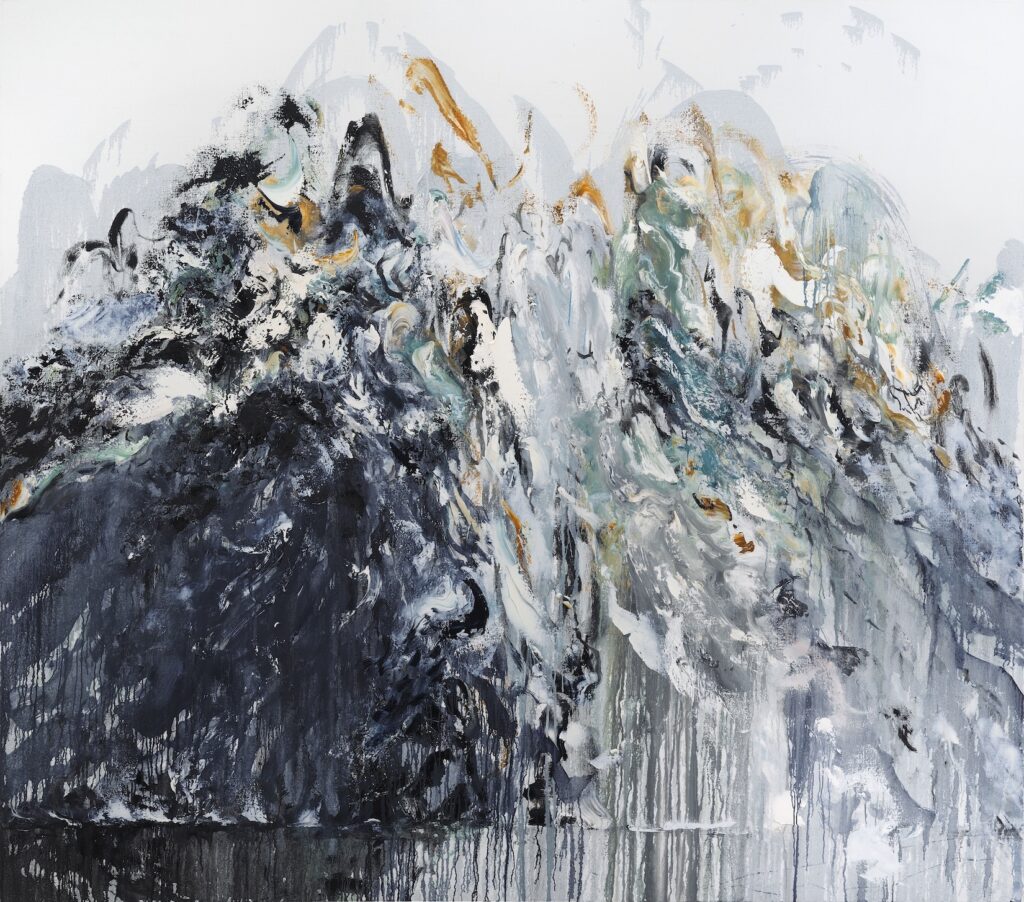
oil on canvas
78 — 89 in. / 198.1 — 226.1 cm
Artist: Maggi Hambling
Time: March 10th, April 30th, 2022
Venue: Marlborough 545 West 25th Street, New York, NY 10001
Gallery Website: www.marlboroughnewyork.com
